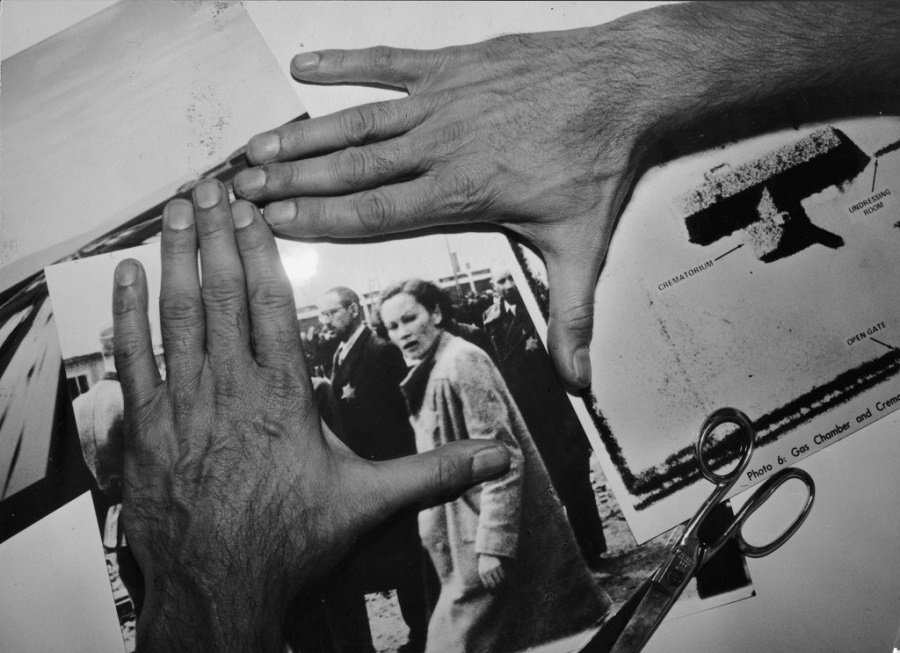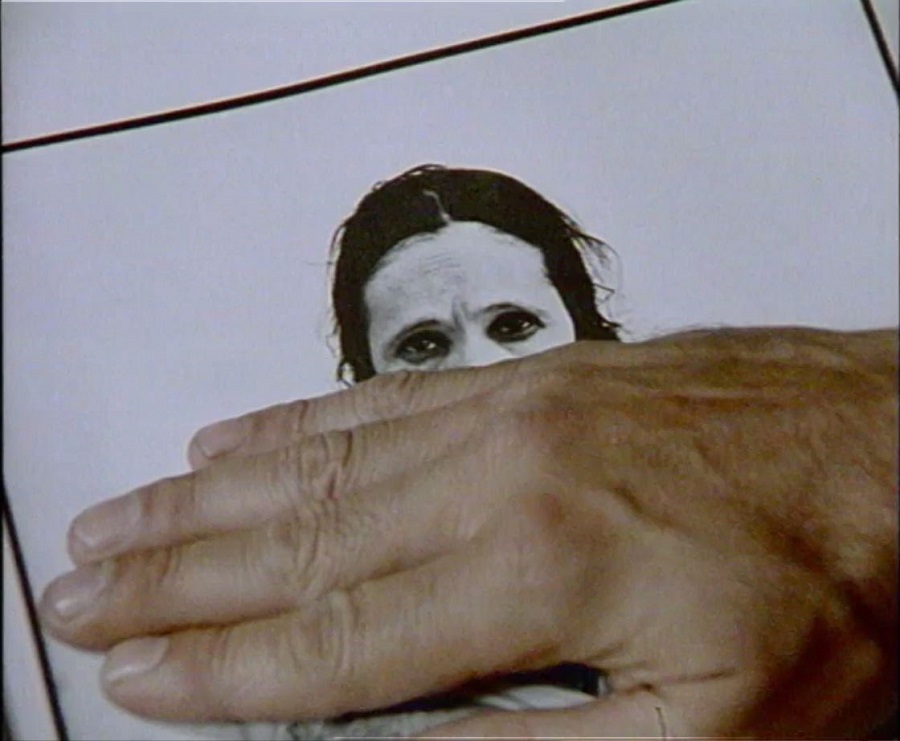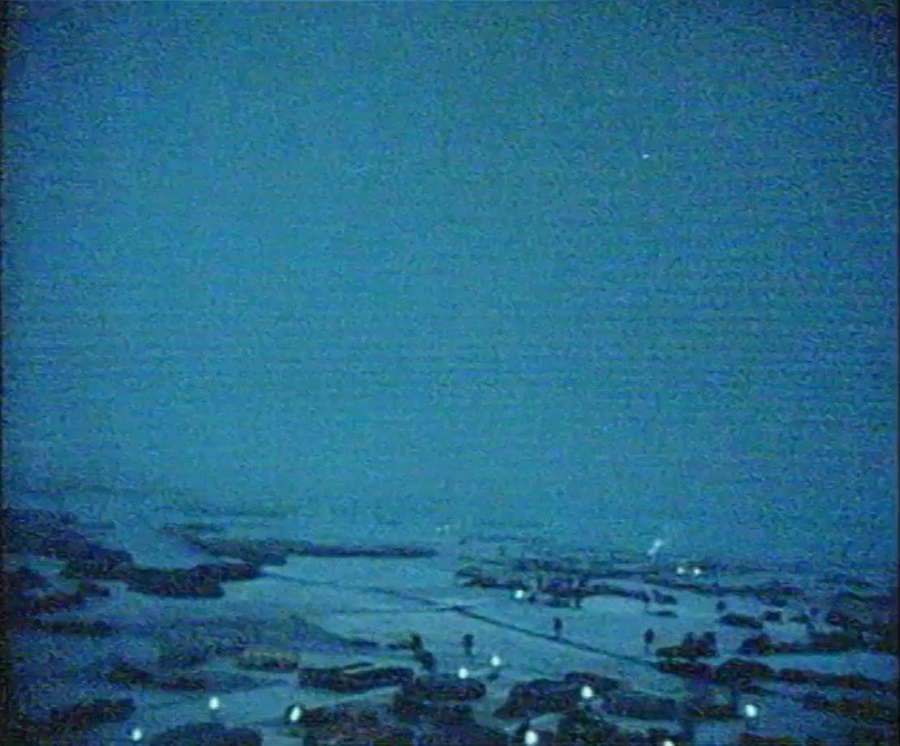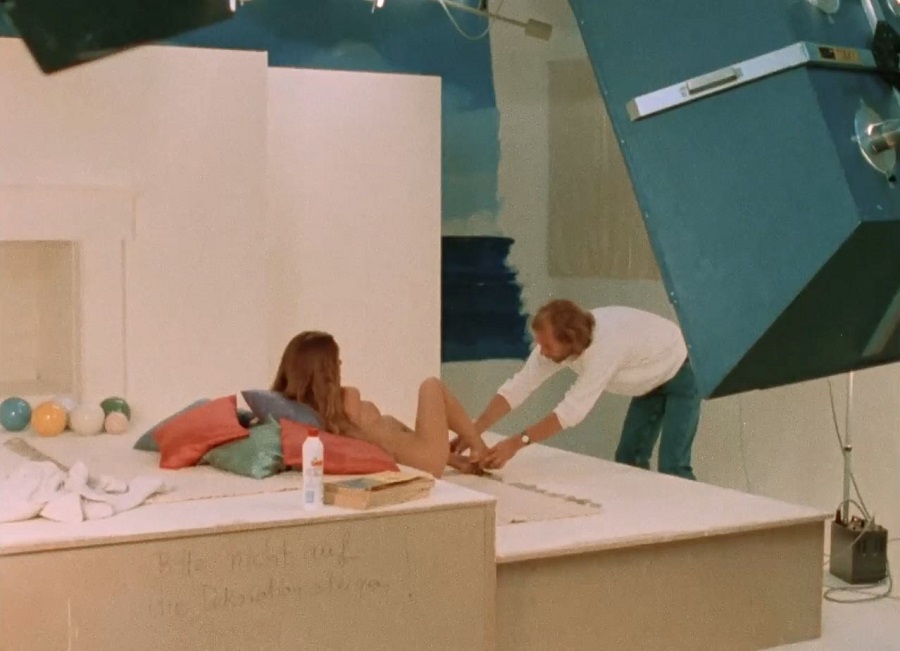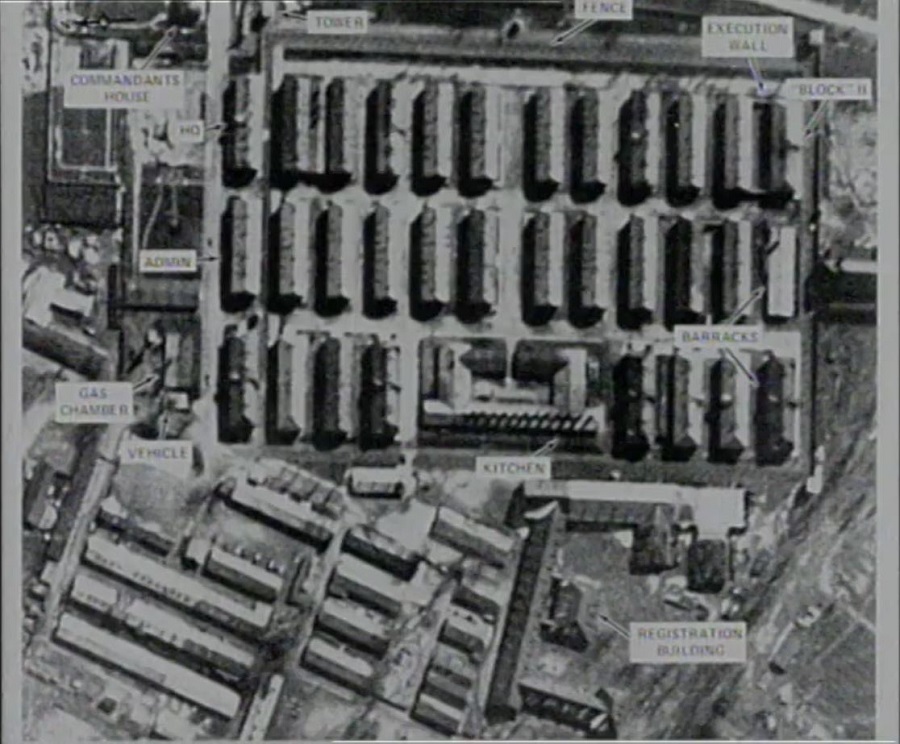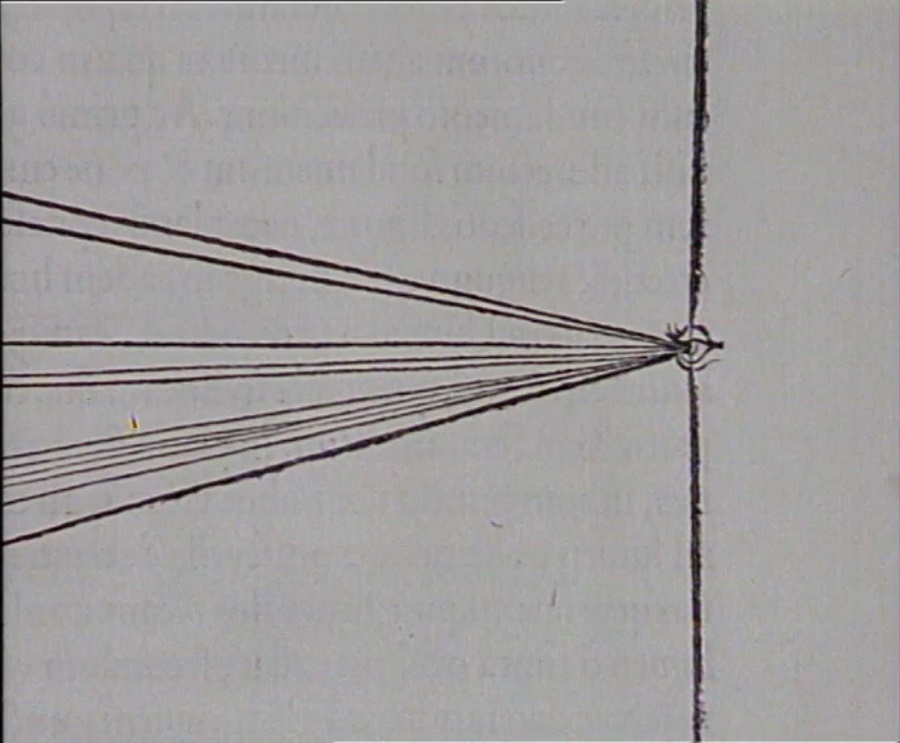All images copyright of the artist, courtesy of Video Data Bank, www.vdb.org
August 6th, 2014
@ Austin Film Society Screening Room (map)
7:30pm
$8 General / $6 AFS Members
Please Note: The Austin Film Society Screening Room is located within the AFS Facilities on 51st Street. Seating is limited, first-come, first-served. Please click here to see directions.
Once described by Thomas Elsaesser as “Germany’s best known unknown filmmaker”, Harun Farocki (b. 1944) had a multifarious career, extending his role from that of artist, filmmaker, and documentarian to critic, media theorist, and teacher. His prolific body of work spans over four decades and encompasses a wide variety of genres: agit-prop films against the Vietnam war in the 1960s; didactic Marxist fiction in the 1970s; documentaries and essay films throughout the 1980s and 1990s, and multi-screen installations over the past decade. Notable works include Inextinguishable Fire (1969); Between Two Wars (1978); Eye/ Machine I, II, III (2001-2003); Deep Play (2007), and Parallel I, II, III and IV (2012-2014). Influenced by artists such as Bertolt Brecht, Danièle Huillet and Jean Marie Straub, and the political cinema of Jean-Luc Godard, Farocki’s work negotiates themes of technology, surveillance, and meditations on war from multiple platforms, whether it be from the observer or the observed. His films and installations have received international acclaim, and have been exhibited in retrospectives at Barcelona’s Museum of Contemporary Art, 2004; MoMA, 2001; Paris Galerie nationale du Jeu de Paume, 1995, and Vienna’s Filmmuseum, 2006. He had a solo show London’s Tate Modern, 2009, and Munich’s Osram Art Projects, 2010. He also participated in Documenta 10, 1997; Documenta12, 2007, and the 55th Venice Biennale, 2013.
Harun Farocki passed away on July 30th, 2014. Experimental Response Cinema would like to honor his deeply influential work with a screening of two of his best known films: An Image (1983) and Images of the World and the Inscriptions of War (1988). Programmed by Nayantara Bhattacharya and Ekrem Serdar. Digital files of his films courtesy of Video Data Bank.
“Central to [Farocki’s] work is the insight that with the advent of the cinema, the world has become visible in a radically new way, with far-reaching consequences for all spheres of life, from the world of work and production, to politics and our conception of democracy and community, for warfare and strategic planning, for abstract thinking and philosophy, as well as for interpersonal relations and emotional bonds, for subjectivity and inter-subjectivity. In this sense, Farocki’s cinema is a meta-cinema, a cinema that sits on top of the cinema ‘as we know it,’ and at the same time is underpinned by the cinema ‘as we have known it.’” – Thomas Elsaesser, Senses of Cinema
Program
An Image
25 min/ digital / sound / 1983
“Four days spent in a studio working on a centerfold photo for Playboy magazine provided the subject matter for my film. The magazine itself deals with culture, cars, a certain lifestyle. Maybe all those trappings are only there to cover up the naked woman. Maybe it’s like with a paper-doll. The naked woman in the middle is a sun around which a system revolves: of culture, of business, of living! (It’s impossible to either look or film into the sun.) One can well imagine that the people creating such a picture, the gravity of which is supposed to hold all that, perform their task with as much care, seriousness, and responsibility as if they were splitting uranium.
This film, An Image, is part of a series I’ve been working on since 1979. The television station that commissioned it assumes in these cases that I’m making a film that is critical of its subject matter, and the owner or manager of the thing that’s being filmed assumes that my film is an advertisement for them. I try to do neither. Nor do I want to do something in between, but beyond both.” –Harun Farocki, Zelluloid, no. 27, Fall 1988
“Shot in the studios of Playboy Magazine in Munich, An Image (1983) is a short document detailing the construction of popular images. Farocki’s camera hangs in the back, but is there to catch every moment—from the initial construction of the sets, to the detailed maneuvering of the female model’s pose and the shifting and sliding of lights and studio equipment. When a test image is printed, crew members hover over the picture and scrutinize every detail. Farocki is less interested in what the image tells us than what it cannot say, and how that unspeakable process can illuminate our understanding of a culture built with images.” – Craig Hubert, BOMB Magazine
Images of the World and the Inscription of War
73 min / digital / sound / 1988
Assistant Director/Researcher: Michael Trabitzsch; Cinematographer: Ingo Kratisch; Animation Camera: Irina Hoppe; Editor: Rosa Mercedes with Harun Farocki; Negative Cut: Elke Granke; Sound: Klaus Klinger; Mixing: Gerhard Jensen-Nelson; Narrator: Ulrike Grote; Production: Harun Farocki Filmproduction, Berlin-West, with financial support from kuturellen Filmförderung NRW
“The vanishing point of Images of The World is the conceptual image of the ‘blind spot’ of the evaluators of aerial footage of the IG Farben industrial plant taken by the Americans in 1944. Commentaries and notes on the photographs show that it was only decades later that the CIA noticed what the Allies hadn’t wanted to see: that the Auschwitz concentration camp is depicted next to the industrial bombing target. (At one point during this later investigation, the image of an experimental wave pool – already visible at the beginning of the film – flashes across the screen, recognizably referring to the biding of the gaze: for one’s gaze and thoughts are not free when machines, in league with science and the military, dictate what is to be investigated. Farocki thereby puts his finger on the essence of media violence, a “terrorist aesthetic” (Paul Virilio) of optic stimulation, which today appears on control panels as well as on television, with its admitted goal of making the observer into either an accomplice or a potential victim, as in times of war.” – Christa Blümlinger
“One must be just as wary of pictures as of words. There is no literature without linguistic criticism, without the author being critical of the existing language. It’s just the same with film. One need not look for new, as yet unseen images, but one must work with existing ones in such a way that they become new.”- Jörg Becker, TAZ, 1989
“After becoming every student film-club’s favorite meditation on the media and modern warfare in the age of smart bombs and Operation Desert Storm, Images of the World quickly advanced to something of a classic: the reference film, the anchoring point for seminars on Paul Virilio, on the essay-film as a hybrid documentary but politically subversive film genre, on the ‘limits of representation’ after Auschwitz and Schindler’s List, as well as – this needs to be rediscovered after September 11th – the definitive film about terrorism.” – Thomas Elsaesser, Senses of Cinema
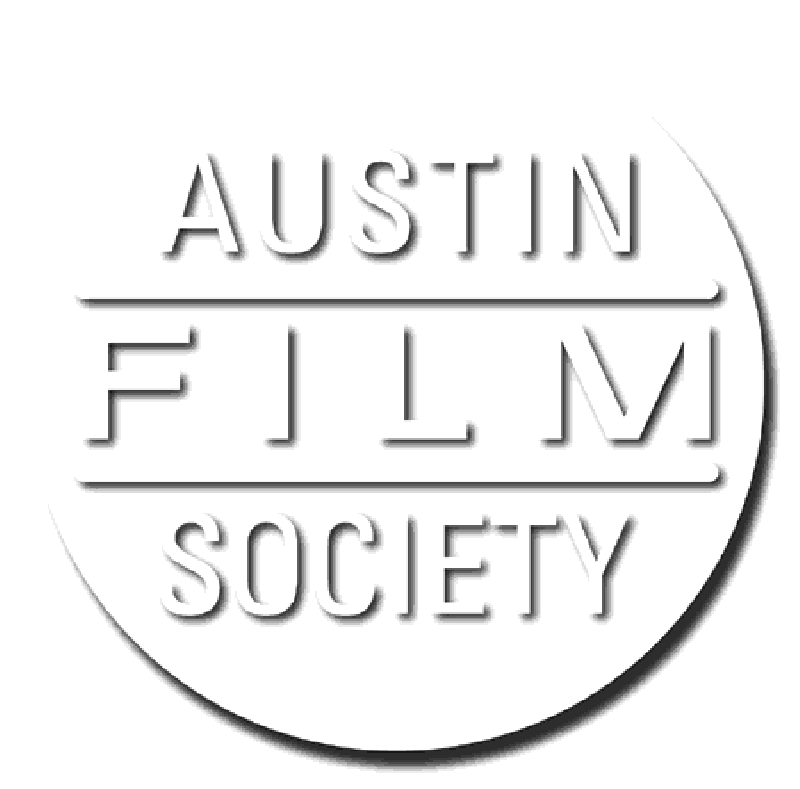 The Austin Film Society empowers our community to make, watch and love film and creative media. Through Austin Studios, which AFS opened in 2000 through a partnership with the City of Austin, AFS attracts film development and production to Austin and Texas. Gala film premieres and the annual Texas Film Hall of Fame Awards raise funds and awareness of the impact of film on economy and community. Austin Film Society is ranked among the top film centers in the country and recognized by the National Endowment for the Arts and Directors Guild of America. For more information on the Austin Film Society, visit www.austinfilm.org.
The Austin Film Society empowers our community to make, watch and love film and creative media. Through Austin Studios, which AFS opened in 2000 through a partnership with the City of Austin, AFS attracts film development and production to Austin and Texas. Gala film premieres and the annual Texas Film Hall of Fame Awards raise funds and awareness of the impact of film on economy and community. Austin Film Society is ranked among the top film centers in the country and recognized by the National Endowment for the Arts and Directors Guild of America. For more information on the Austin Film Society, visit www.austinfilm.org.
